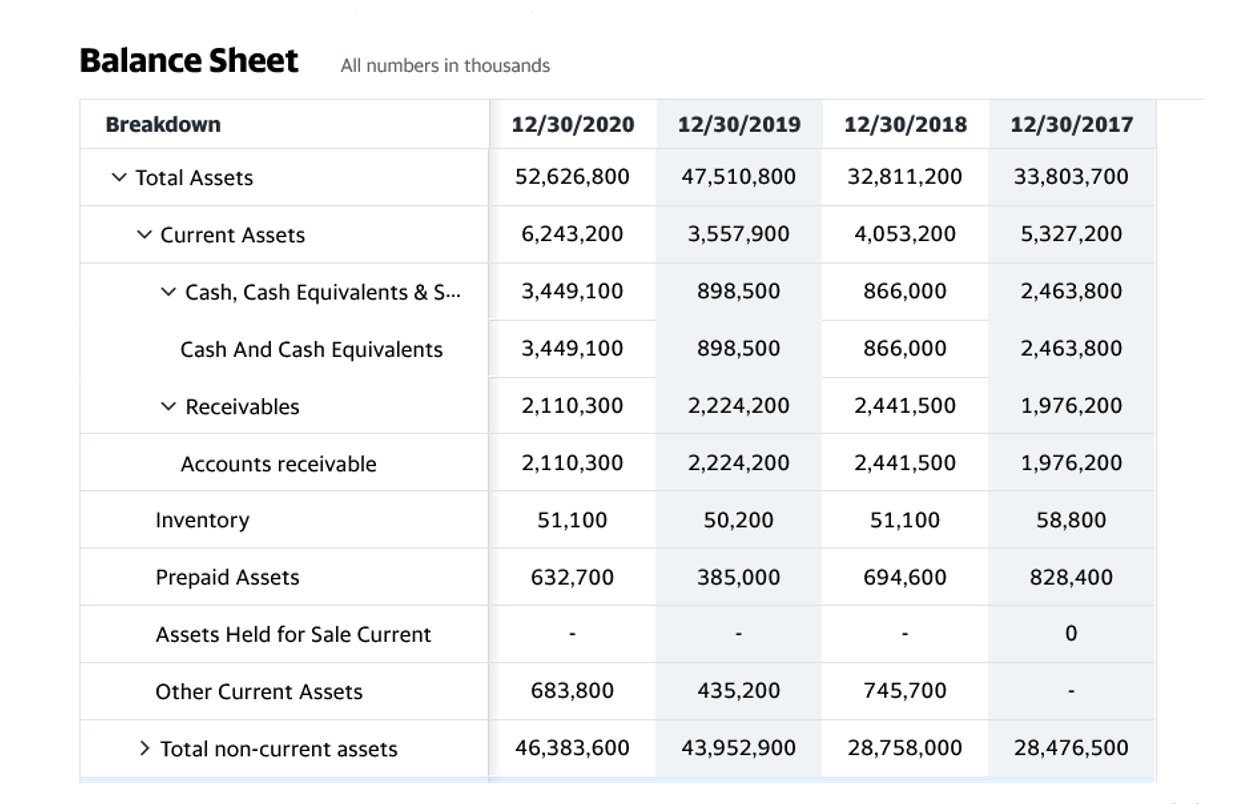Bookkeeping
Bank deposit slip: A Complete Guide to Filling Out a Bank Deposit Slip

This is invaluable for personal banking and business operations, where accurate documentation is critical. Additionally, deposit slips help prevent errors by requiring depositors to double-check the details before submitting their funds. With the rise of mobile banking, many banks now offer the option to deposit checks using a mobile app. Some banks require the addition of “For Mobile Deposit Only” on the back of the check, along with the signature and account number.

Industries That Rely Heavily on Deposit Slips
With the rise of digital banking, many financial institutions now offer alternatives to traditional deposit slips. Online and mobile banking platforms allow customers to deposit cheques or transfer funds electronically, eliminating the need for a physical slip. For businesses, deposit slips simplify bookkeeping by itemizing deposits. This can be particularly helpful during tax season or when preparing financial reports. Furthermore, deposit slips enhance security by ensuring that all funds are documented before they are bookkeeping and payroll services handed over to the bank teller. Filling out a deposit slip seems like a straightforward process, but it is easy to make mistakes that can cause problems later on.
- First, it ensures that the funds are deposited into the correct account.
- If you’re depositing numerous items at once, use the back of your deposit slip or ask a bank employee for guidance.
- If you are making a large deposit, the teller might ask you to confirm that you have correctly added decimals and commas.
- By following these steps, you can make banking a less time-consuming and more pleasant part of your life.
- In addition, mobile deposits — which are typically made through your bank’s smartphone app — typically don’t require you to fill out a deposit slip.
Submitting Your Deposit Slip to the Bank

The first section of a deposit slip requires you to provide your account information. Ensure that you double-check this information to avoid any possible errors. when must you sign a deposit slip? It is always a good idea to keep a copy of the deposit slip for your own records.

Write the Subtotal
Submit the deposit slip, along with the cash and checks to be deposited, to the bank teller. If submitting your deposit to an ATM, be sure to include the deposit slip, along with all of the cash and checks listed on it, in a sealed envelope. The date is a vital component that timestamps the transaction, providing an official record of when the deposit was made. In some cases, the depositor is also required to sign the deposit slip, particularly What is bookkeeping if they withdraw a portion of the funds being deposited. This signature serves as an additional layer of verification and ensures the transaction’s authenticity.

Do Banks Have to Keep a Record of Deposit Slips?

While digital banking options are gaining popularity, deposit slips remain relevant for certain transactions, particularly in areas where technology adoption is limited. Financial institutions rely on deposit slips as part of their internal record-keeping processes. Banks can maintain accurate accounts by documenting all deposits and reduce the risk of errors or fraud. Moreover, deposit slips remain an integral part of the banking system in regions where digital banking is not yet fully adopted. Banks continue to find ways to integrate traditional and digital processes to serve a broader range of customers.
- A paying slip is used to make payments, such as settling bills, while a deposit slip is used to itemize and document funds being deposited into a bank account.
- Streamlining your banking experience is about making the process of managing your finances as smooth and efficient as possible.
- They are a testament to the enduring nature of banking protocols, even in an age where digital transactions are becoming increasingly prevalent.
- Make sure you read the instructions carefully and fill out all necessary fields.
- Whether you’re depositing cash, checks, or a combination of both, understanding the nuances of each section of the deposit slip can save you time and prevent errors.
- One significant benefit is creating a paper trail, which provides proof of transaction.
For customers, it serves as proof of deposit and helps them keep track of their finances. Bank deposit slips are an integral part of the banking process, serving as an official record of the transaction when a customer deposits funds into their account. They are a testament to the enduring nature of banking protocols, even in an age where digital transactions are becoming increasingly prevalent. The process of filling out deposit slips varies depending on what you’re doing.


